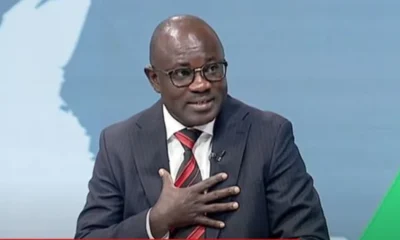When Leicester was given citywide test results on June 1 showing an elevated number of new cases, city officials were alarmed.
But on a call in the following days with Leicester’s public health director, national health officials denied anything was amiss, the report said. The city’s public health director “was told it was probably ‘a small numbers issue’ and may well go down again in the following week’s data release,” the report said.
A spokesman for the Department of Health and Social Care said, “At no point did the department or Public Health England seek to downplay the situation in Leicester. In fact, our close monitoring of the outbreak allowed us to take early action, including through extra testing capacity and providing additional data analysis.”
Extra testing was not introduced until June 20, Leicester officials said, shortly after the government publicly confirmed an outbreak. With government health officials struggling to pinpoint the hotspot, and deliberating whether to delay future reopenings or ask everyone to stay at home, it took until June 29 for a lockdown to be announced.
Even now, Leicester officials said, they were being notified of positive results only in local areas, and not the overall number of tests, preventing them from determining the rate of new infections. The data also have missing or incorrect information about people’s workplaces — as with a reputed eight-year-old health care worker — making it difficult to trace the spread.
Government officials have said that Leicester was slow to complete data security forms required to access testing information. The mayor also publicly questioned the lockdown shortly before it was announced, saying that he was “deeply skeptical” of what it would achieve.
On a recent gloomy day, with rain threatening from a leaden sky and shops sitting empty behind closure notices, the city looked ghostly. Pubs and restaurants once poised to open along with those elsewhere in England were shuttered, and boxes of supplies sat stacked on tables.

 General News1 week ago
General News1 week ago
 General News4 days ago
General News4 days ago
 Politics4 days ago
Politics4 days ago
 General News2 days ago
General News2 days ago





